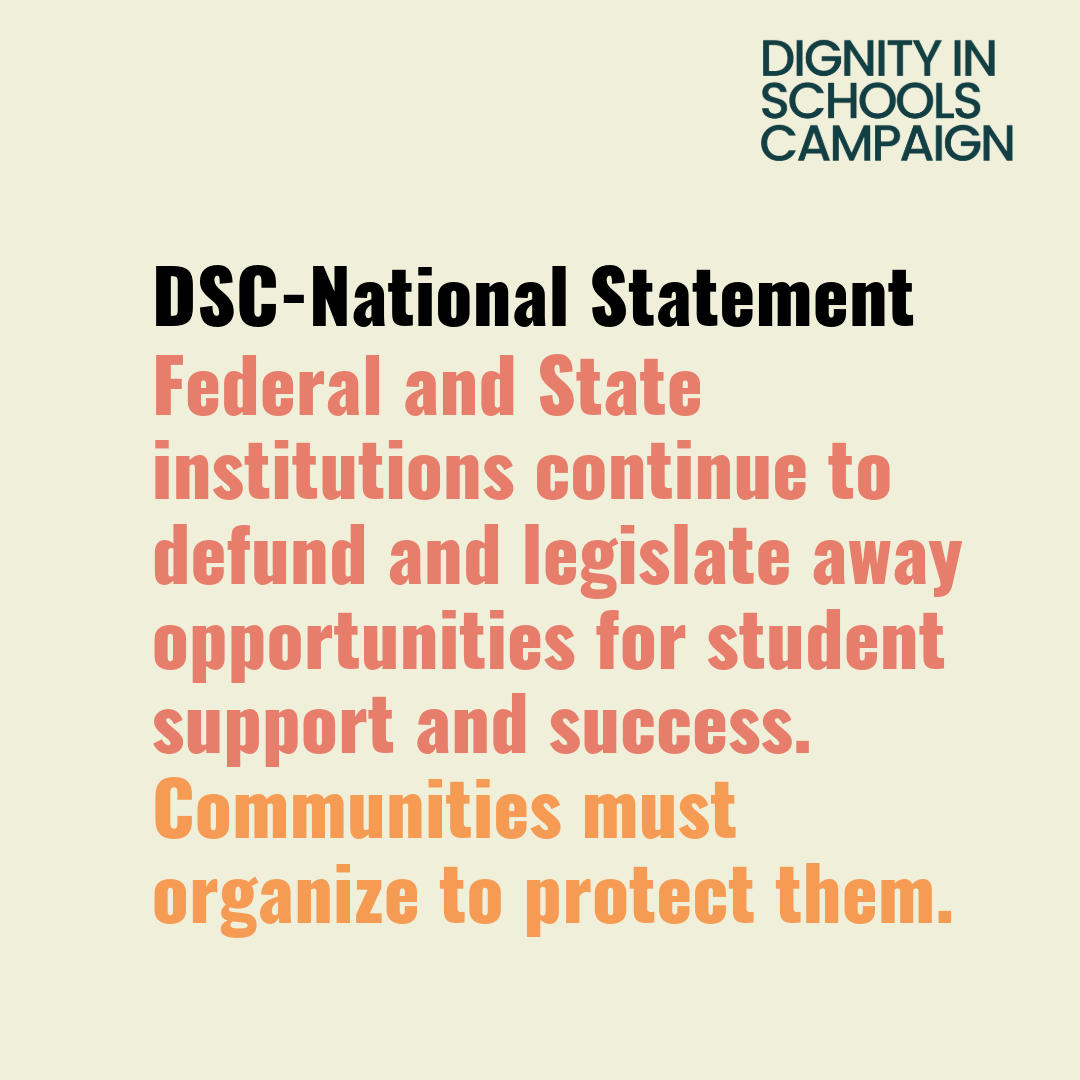New York, NY — The last two weeks have brought a 1-2 punch to the public education system: the passage of a devastating budget bill and the Supreme Court ruling that will allow the Trump Administration to continue to dismantle the Department of Education. While these attacks will undoubtedly have far-reaching negative impacts, they also reveal the power and promise of the public education system.
Across Civil and Human Rights Movements, the public education system has been a major site of struggle and that is no accident. Education has the power to help individuals, families, and communities flourish (or falter). Our current education system, while falling short of its promise, has many critical aspects we would want to see in all public goods and institutions. Local and state education systems already have democratic processes in place, that can be enhanced and showcased as examples of how communities can exercise self-governance and ensure accountability in public institutions. Decades of existing Civil Rights law requires proactively addressing historical inequities, fighting intentional and unintentional discrimination, and ensuring no one is left behind. With the requisite public and political will, a rebuilt education system can be part of the blueprint for all kinds of public institutions, which are directly in opposition to the movement to deregulate and privatize nearly all aspects of public life.
These major blows — such as the defunding of Title IX and the range of cuts to rural schools — will impact every single person in the public education system, and will create social and economic hardships as the effects ripple through communities. They are successful insofar as cruelty, austerity and deepening structural racism, segregation and poverty are the goals of this administration and their political project.
-
The budget bill features massive cuts to education and intersecting systems like SNAP and Medicaid, private school vouchers that will pull funds out of public schools, a 10x increase in criminalizing mass deportation infrastructure, and many other cuts that will help pay for tax cuts for the ultrawealthy.
-
The Supreme Court ruling allows the continued dismantling of the Department of Education: two of the most critical roles the Department of Education plays in k-12 education are to ensure that funds intended for particular student populations are actually spent on them, and to enforce federal civil rights law, intervening in cases of discrimination. Nearly all curriculum decisions and most other budgeting power is held by state and local governments. The Individuals with Disabilities Education Act (IDEA) for students with disabilities, McKinney-Vento for students living in homelessness, Title I funds for students living in poverty, and Title III funds for students learning English are all examples of targeted federal funds that will both be reduced by the budget cuts and no longer have any guarantee that funds will go towards those students at all.
We have used boxing metaphors here intentionally. This is a difficult time and we may feel “up against the ropes” – but there is always another round; and, we’ve trained for moments just like these. Human rights are inherent to all people, whether a particular government decides to protect them, implement them, or not. There are many struggles for justice we can look to for inspiration that balanced fighting in the present with looking towards the future with hope and new ideas. Our view of the most urgent needs and what we will continue to focus on are:
-
Taking care of students and families that will be harmed directly by these policies, especially students in rural areas, students living in poverty, students with disabilities, Black students and other students of color, LGBTQIA students, and students who are or are perceived to be immigrants.
-
Giving communities most impacted by these changes the tools needed to fight on both a local and state level, staying organized to protect gains and prevent further damage.
-
Building more relationships and capacity to influence state-level education policies which will be more critical than ever.
-
Preparing blueprints to rebuild the education system that will meet the needs of all students


